In the late 40s, airplanes were the obvious means of projecting nuclear power from the sea. After all, airplanes were the core of existing long-range striking power, and the USN was working hard to integrate them aboard its carriers. But airplanes require big, expensive ships to operate from, and the Soviet Union in particular didn't have any available. Even if they did acquire some, which was doubtful with Stalin still running the country, their life expectancy in the face of the USN would be short at best.
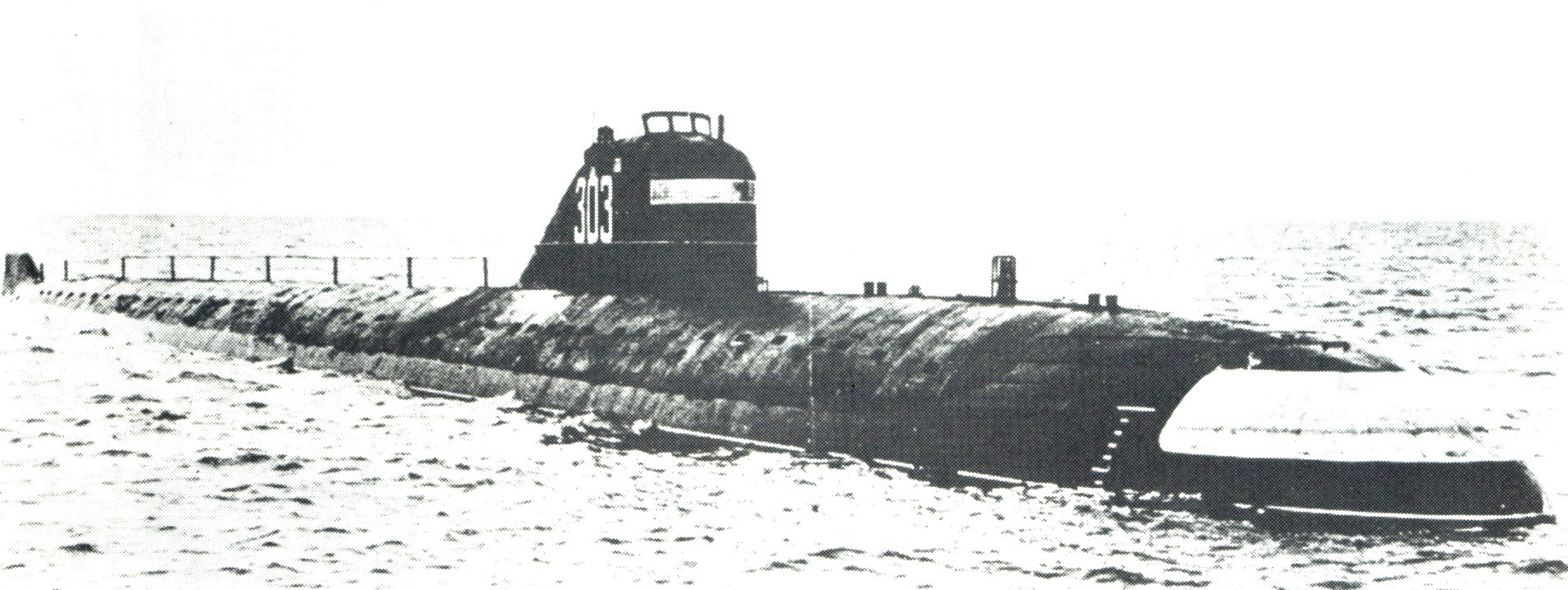
A November class submarine
Instead, they turned to the traditional weapon of weaker maritime powers, the submarine. Cruise missiles, inspired by the German V-1, were the obvious weapon of choice for such a task, but such weapons were still in their infancy. The Soviets came up with another plan: the nuclear-armed torpedo. But not just any torpedo. The T-15 would be 1.55m in diameter, 23.5m long and weigh about 40 tons. Each submarine would carry a single torpedo to a position off a major naval base or port, surface to confirm its position with radar and stellar sightings, then launch the 30-knot torpedo at its target about 16 nm away. The size of the weapon was driven by its thermonuclear warhead, as early examples of such weapons reached enormous size. The T-15 would be carried by the Soviet's first nuclear submarine, with the propulsion selected due to the need for rapid long-range transits. After Stalin's death in 1953, the Soviet Navy found out about the program and quickly decided that it didn't have much use for the T-15. The weapons fit was changed from a single T-15 and a pair of single-shot self-defense 21" torpedoes to 8 conventional torpedoes for use in more normal submarine missions. The resulting boats, designed the November class by NATO, were the USSR's first nuclear submarines. Read more...

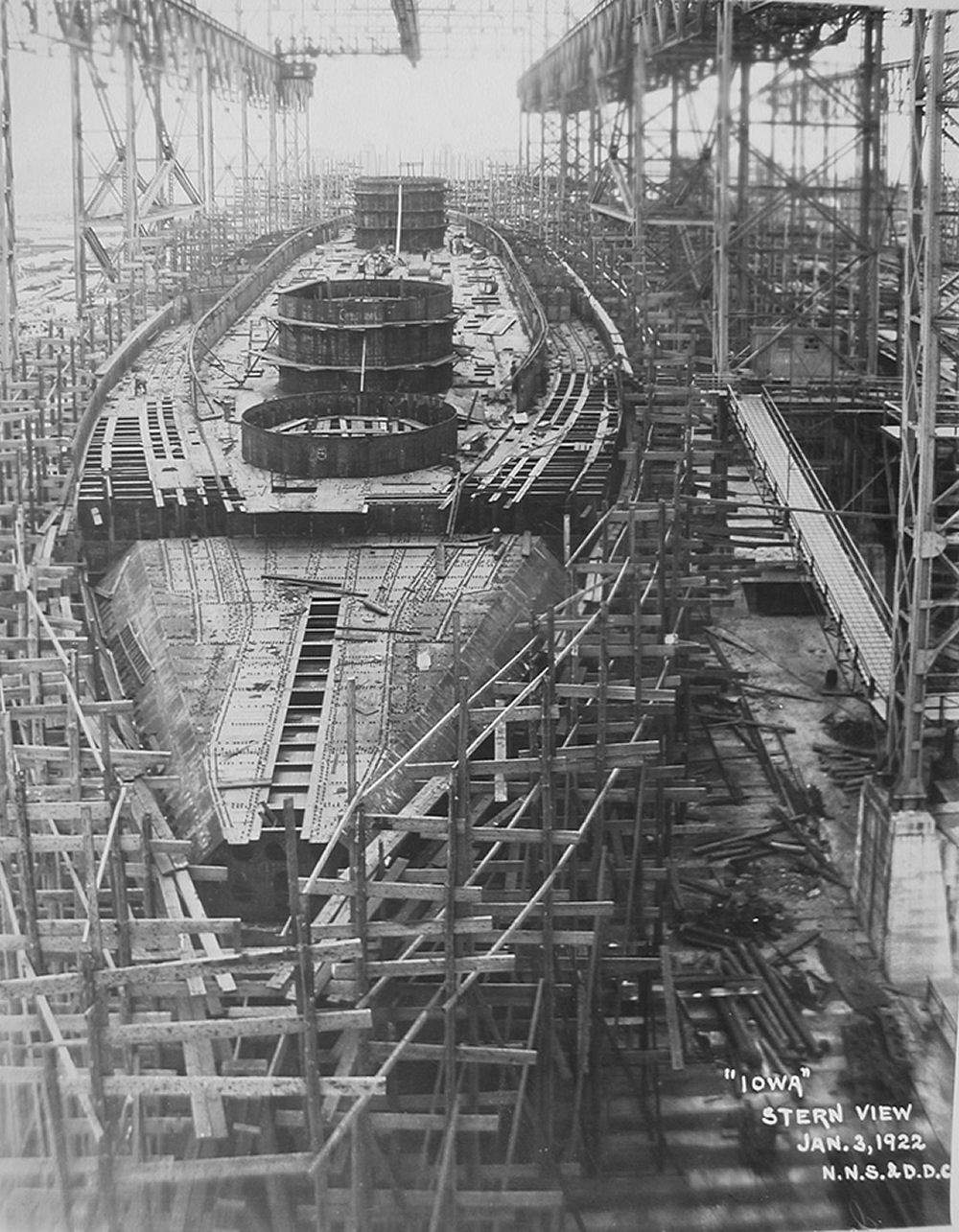
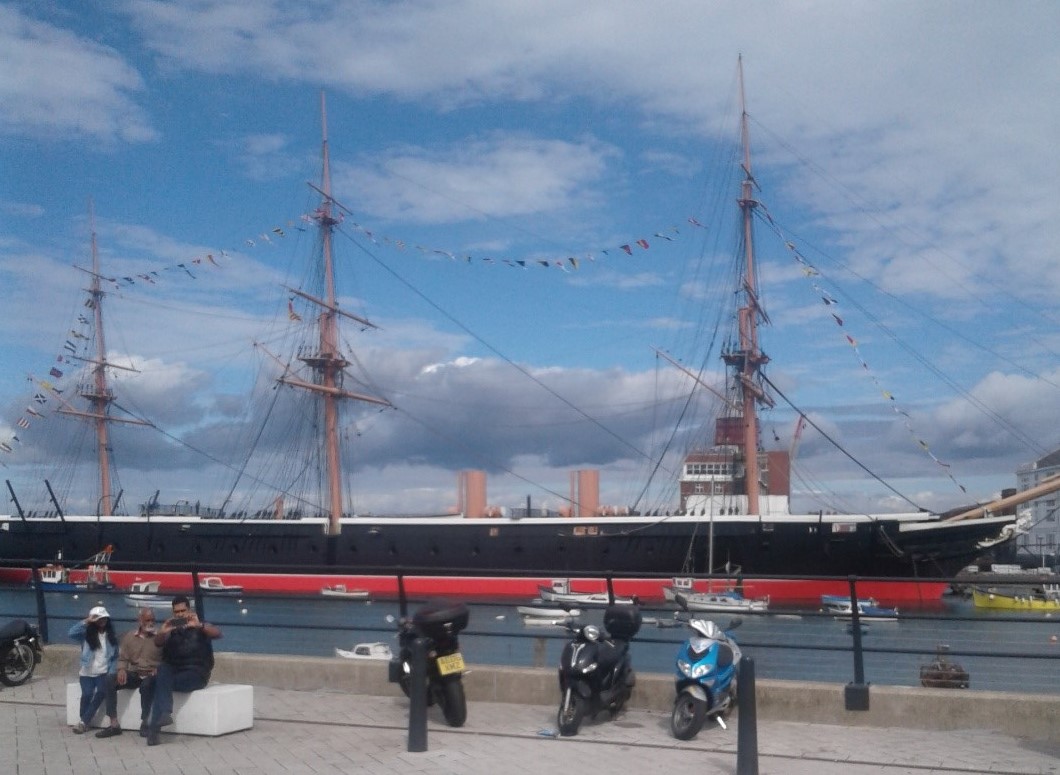
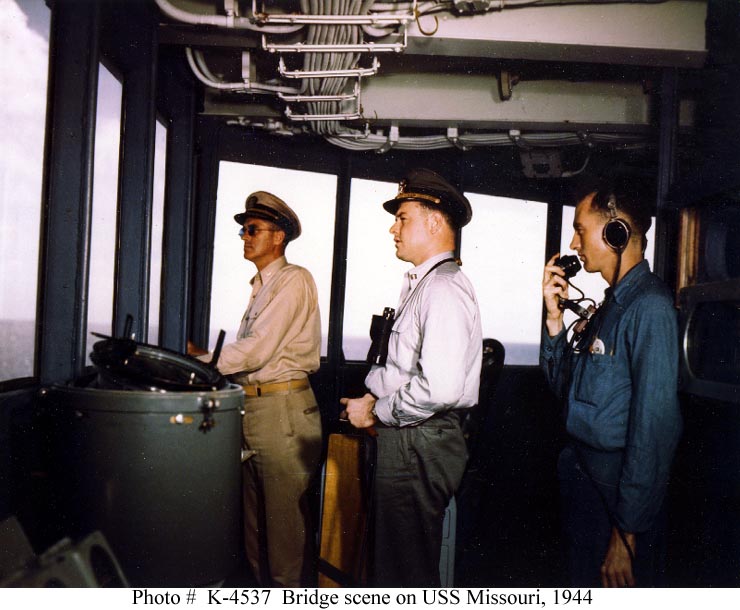
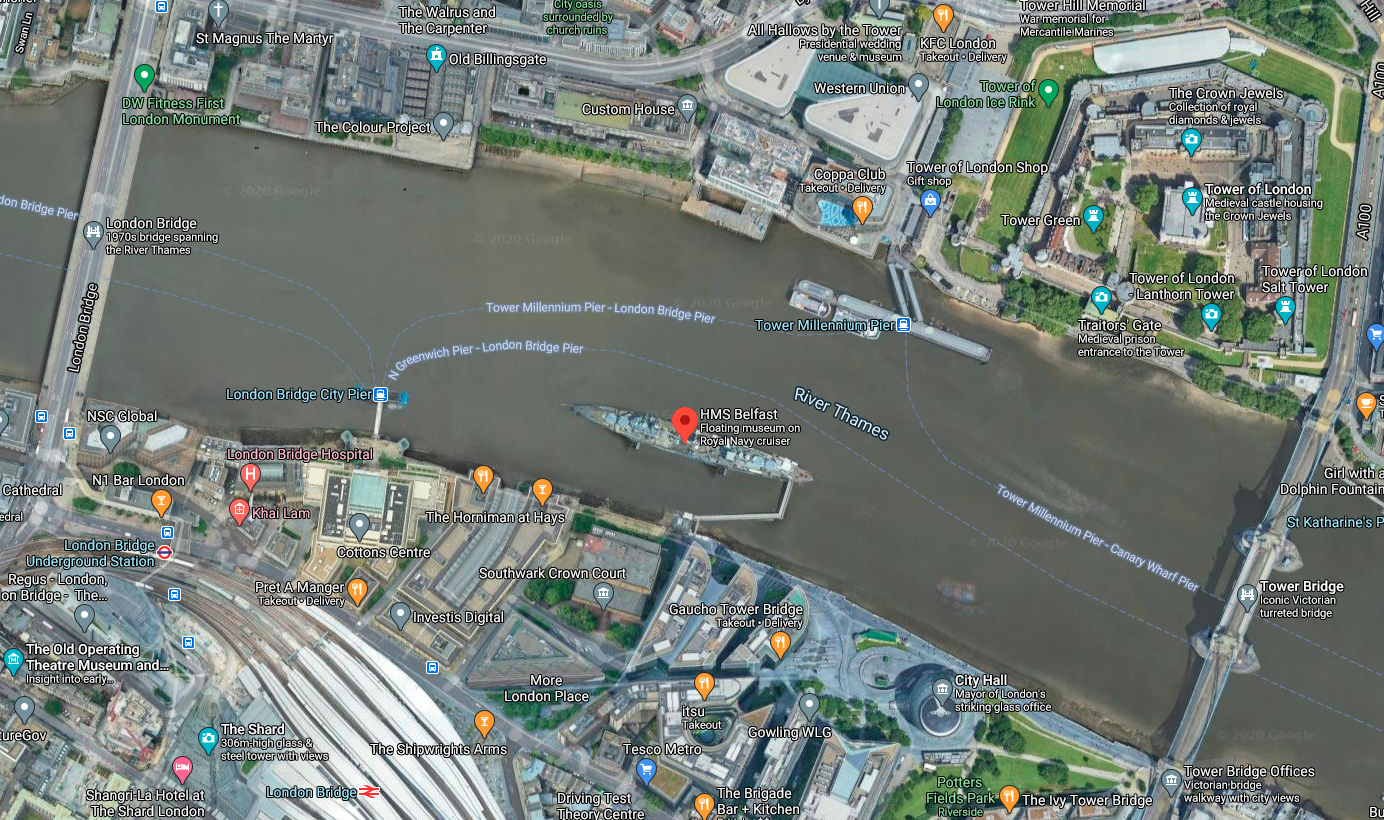

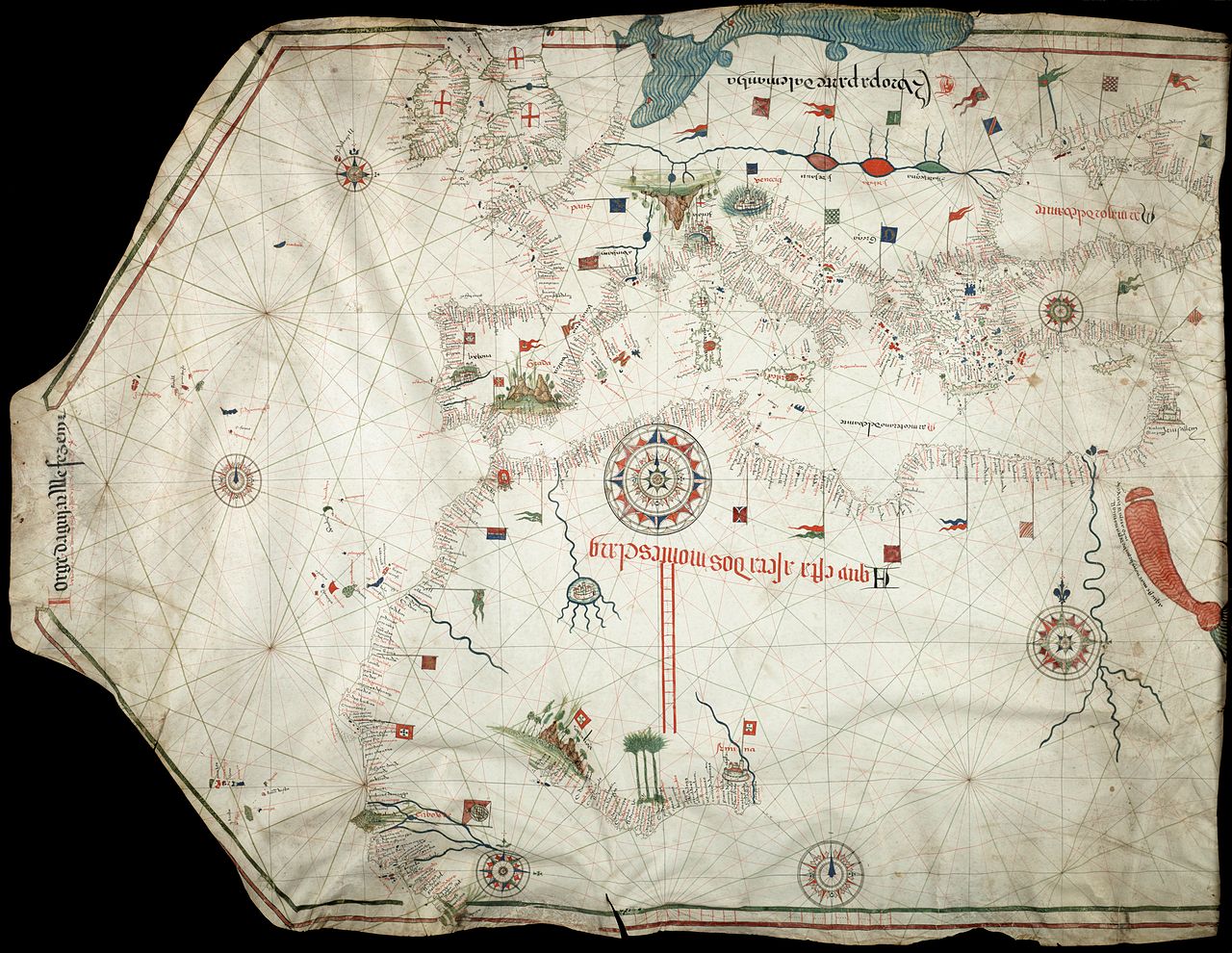
Recent Comments